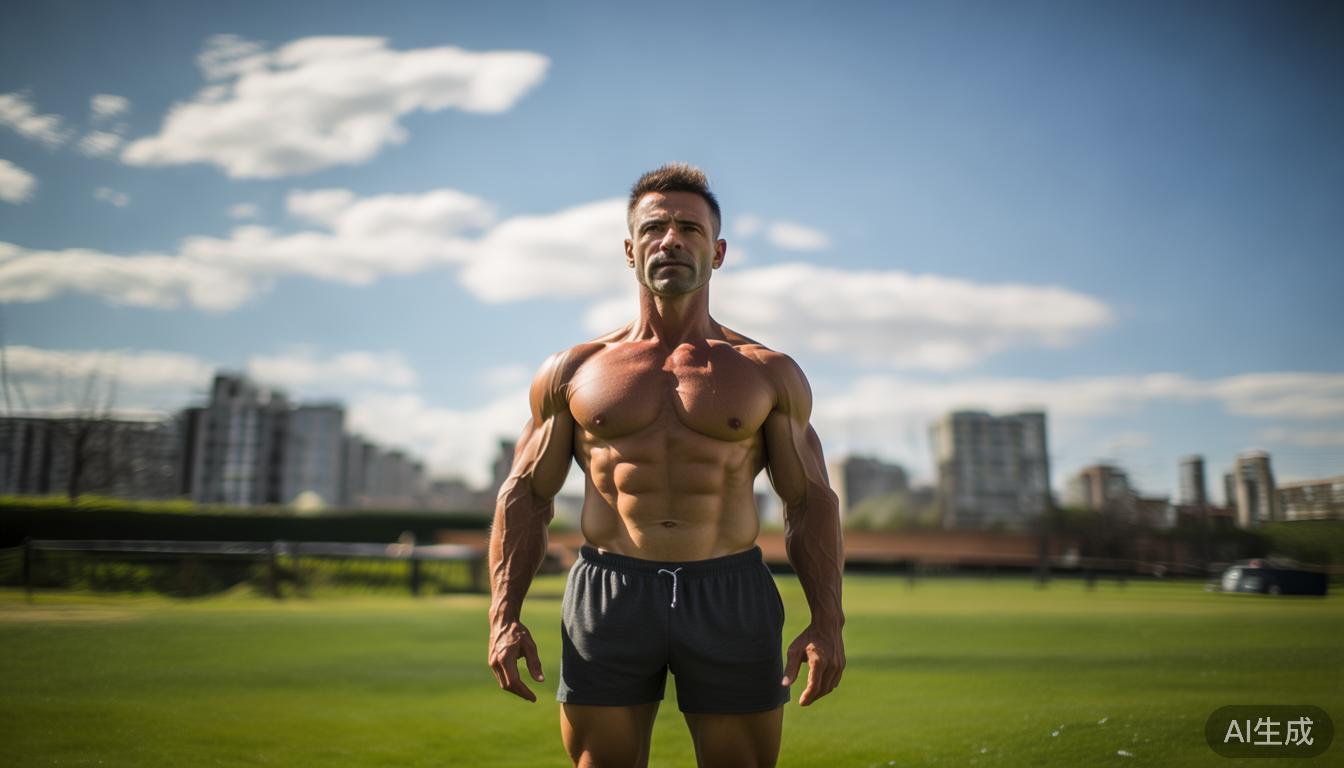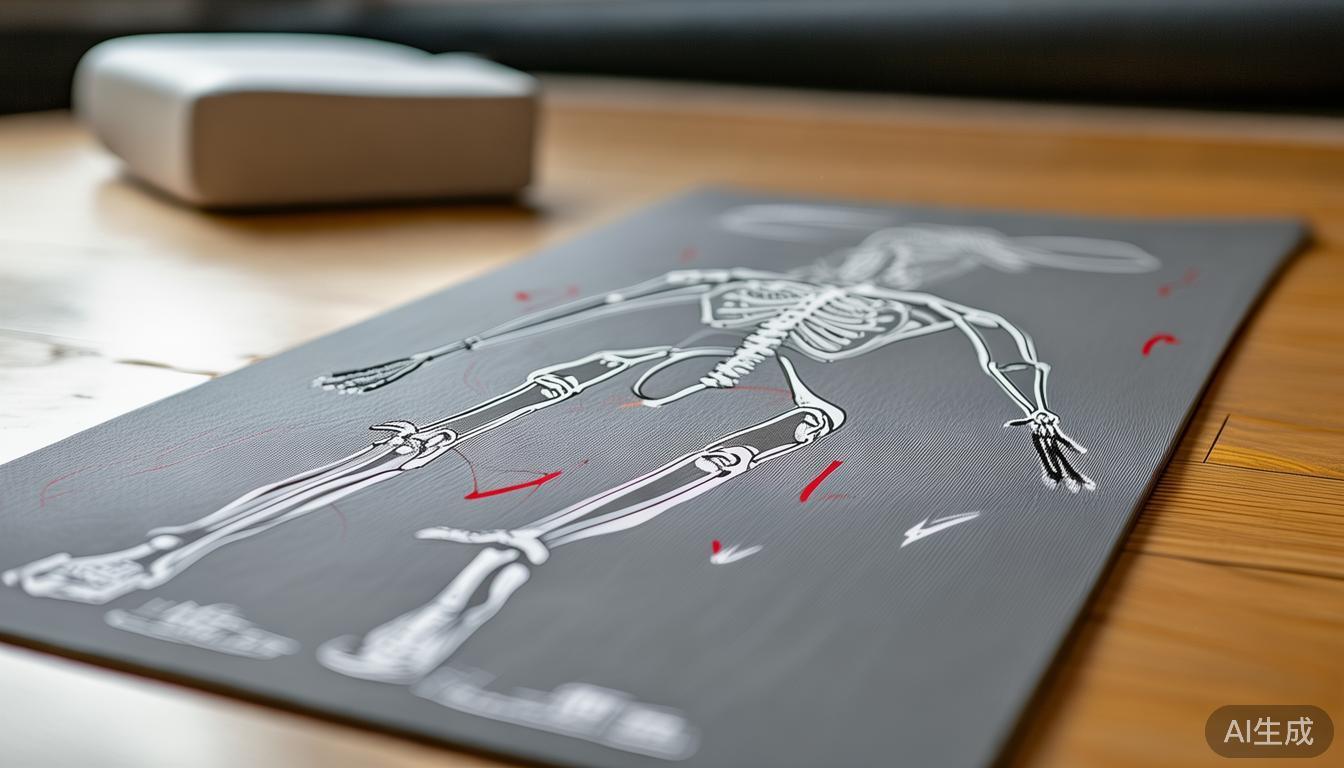Oct 10, 2025
Why Are Yang’s Sixteen Postures Suitable For Beginners? Movements Are Soothing And Smooth And Can Strengthen Your Body
After practicing Tai Chi for many years, I deeply realize that Yang’s Sixteen Forms have unique value as an introductory routine. It not only retains the essence of traditional Yang’s Tai Chi, but also reduces the difficulty of learning by simplifying the movements, so that beginners can It is enough to master the basic essentials in a short period of time. The movements of this set of boxing techniques are slow and smooth, focusing on the coordination between the mind and the body. Long-term practice will not only strengthen the body, but also help practitioners achieve a state of unity of body and mind.
Why Yang’s Sixteen Postures are Suitable for Beginners
Yang's Sixteen-Style movements are choreographed scientifically and rationally, eliminating the repetitive and complex movements in traditional long routines, and retaining the most core moves, such as starting up, holding the bird's tail, and single whip, which are the cornerstones of subsequent learning of more advanced routines. Each movement emphasizes the clear distinction between virtual and real, and the following up and down. It cultivates body coordination with the help of slow and even speed movements. By practicing these basic movements, beginners can gradually appreciate the movement characteristics of Tai Chi's "softness overcoming rigidity".
This set of boxing techniques has appropriate exercise intensity and is quite suitable for middle-aged, elderly people and those with weak physiques to practice. During the training, the matching requirements of breathing and movements are relatively simple and will not cause excessive pressure on those who are just starting to learn. I suggest that people who have just started learning Tai Chi Lessons start with a single movement and connect them step by step into a complete routine. In this way, they will better understand the key points of each movement.
How to correctly practice the basic skills of Yang's Sixteen Postures

Zhanzhuang is an important foundation of Yang's Sixteen Postures, and it is recommended to practice it for ten minutes every day. Your feet should be shoulder-width apart, your knees should be slightly bent, your shoulders should be lowered, and your elbows should be lowered. Imagine that you are like a tree taking root in the earth. This simple movement helps practitioners find a sense of peace and tranquility in the body. In the practice of movements, special attention should be paid to the rotation of the waist and hips, and the waist is used as the axis to drive the movement of the limbs. This is the key point to generate strength.
Breathing coordination is very important. It is very important to use the so-called "inhale and exhale" principle. For example, when doing the wild horse mane parting action, inhale when the arms are raised and stretched, and when the arms are pressed down, exhale and exhale. When you are in the early stage of learning and a beginner, there is no need to deliberately pursue the breath and movements. In perfect coordination with breathing, just breathe naturally and normally. Wait until the movements are proficient, and then gradually adjust the adjustment arrangements. Be sure to remember the key points of "slow, don't break, don't stop, break, don't pause" to keep the movements, movements, and movements as coherent and smooth as flowing clouds and flowing water.
The specific benefits of Yang’s Sixteen Postures on physical and mental health
After three months of systematic practice, my sleep quality has been significantly improved, and my shoulder and neck pain has also been relieved. This is because the slow stretching movements of Tai Chi can effectively relax muscles and improve blood circulation. On a psychological level, focusing on a single movement practice can temporarily put aside distracting thoughts, which is similar to dynamic meditation. For this reason, it is particularly effective in relieving anxiety.
The strength of the lower limbs can be enhanced through long-term practice, and the balance ability can also be improved. It can effectively exercise the calf and ankle muscles. This is due to the continuous training of the core muscles of Tai Chi. This is the reason why single-leg support movements such as the golden rooster and independent kicking exist. I have also noticed that many elderly students have become more stable in their walking steps after practicing for half a year.

Common mistakes and correction methods in Yang's Sixteen Forms
The most common mistake is to bring the knees forward beyond the toes, which will put excessive pressure on the knee joints. The correct approach is to keep the knees and toes pointing in the same direction, and the knee position should not exceed the vertical line of the toes. Another common problem is shoulder shrugging. During daily exercises, you should always pay attention to relaxing the shoulder joints and other parts, and try to imagine in your mind that the shoulder blades stretch toward both sides.
Many people who have just started to learn, in order to pursue the external expression of movements, ignore the inner feelings. It is recommended to practice in front of a mirror or ask an experienced teacher for guidance. We must remember that Tai Chi emphasizes "intention without force". It is not just about doing gymnastics, but to understand the offensive and defensive meanings contained in the movements . Only in this way can the charm of Tai Chi be achieved.
In the process of practicing Yang's Sixteen Postures, have you ever encountered any movement misunderstandings that are difficult to correct? Welcome to share your practice experience in the comment area. If you feel that these suggestions are beneficial to you, please like them to support them and share them with more boxing friends.
More Details


